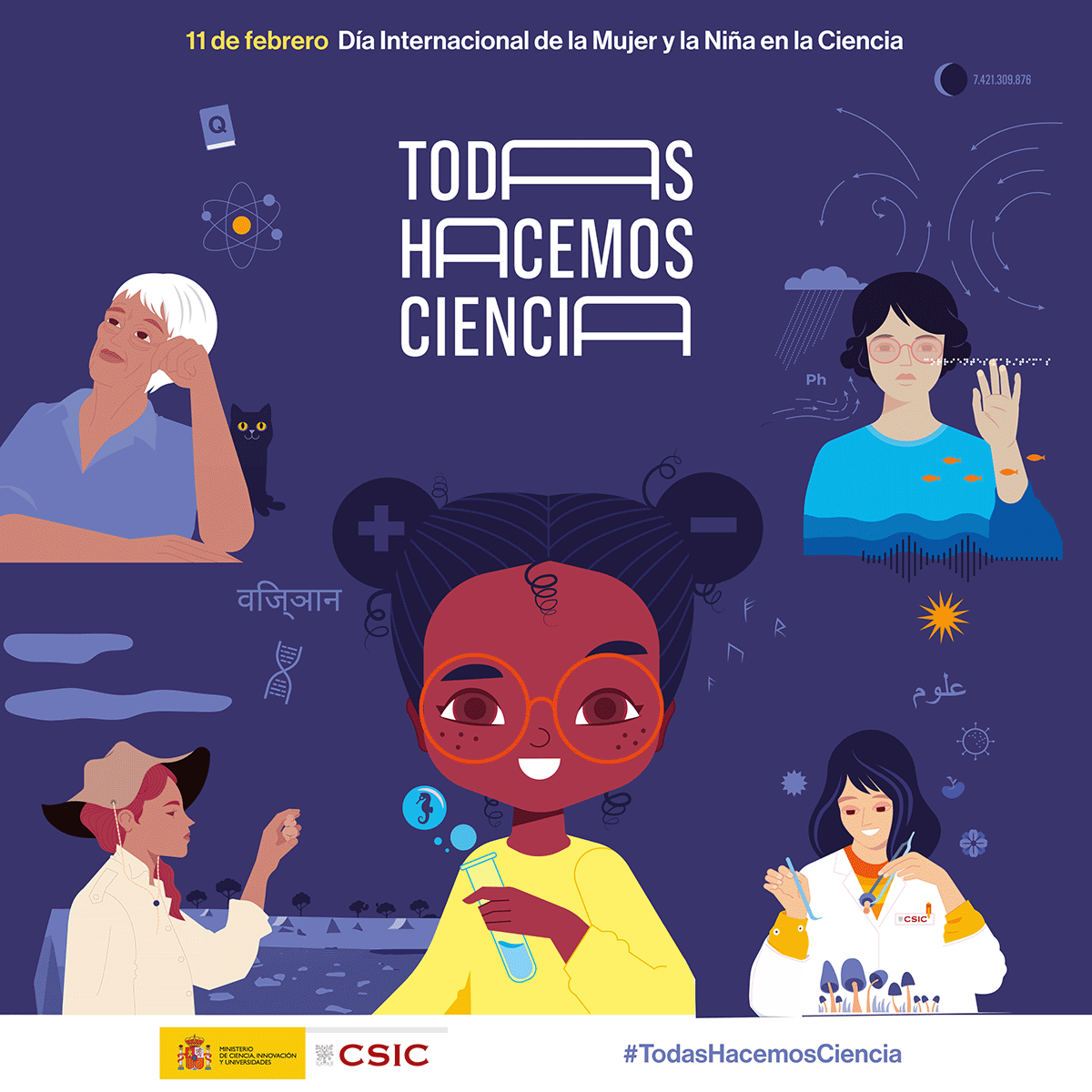Optical Properties of 2D Micro- and Nanostructures of ZnO:K
Waveguides transmit information in the form of light through their interior with very few losses, they are necessary in many applications in which light is used, such as the optical fiber that reaches our homes.
The resonant cavities also take advantage of an interesting wave phenomenon. If the waveguides can transmit the wave through their interior from one end to the other, in the resonant cavities the light can be transmitted without loss when it circulates around the structure.
Latest news

Microscopic images showing the light guide phenomenon, both in elongated structures (a and b) and in flat structures (c and d)
Fabricating these structures with zinc oxide (ZnO) is very interesting because it has a wide bandgap which makes it a good semiconductor, it is cheap and easy to produce, and it is also non-toxic. However, ZnO has a great limitation that prevents it from being used industrially and it is the difficulty to cultivate p-type ZnO, necessary for example to manufacture diodes with this material.
What is a p-type semiconductor?
Semiconductors are insulators until an electron receives enough energy to move out of place, thus generating a free electron (negative) and a hole (positive). To increase the conductivity of these materials, small amounts of different atoms (dopants) can be added to generate extra electrons (n-type) or extra holes (p-type). In the case of ZnO, the extra holes tend to fill in due to self-compensation phenomena.
It has been discovered that with some dopants such as potassium (K) a stable p-type doping is achieved, and for this reason the scientific team has studied the possibility of studying its properties.
The research found that ZnO nanostructures and microstructures doped with K and cultivated by the vapor-solid method formed different crystalline structures depending on the different positions of the lattice that K occupies depending on its concentration in the structures. When the amount is low, K ions are incorporated between ZnO crystals (interstitial K, Ki), while K occupies Zn substitutive positions (KZn) when the amount of K increases.

(a) General view and sizes of cultured structures, (b) detail of a ribbon with arrowheads, (c) needles with hexagonal cross section, and (d) central needle with triangle-shaped secondary growths.
The ribbons and triangular plates are oriented in the same direction, indicating that their growth is related to distortions in crystal growth introduced by Ki.
In the case of the ball-shaped structures, compositional analysis and Raman spectra show that they are composed of K2SO4.
Finally, the ability of the elongated structures to act as waveguides and optical resonators was investigated. Due to the size of the K ion, practically twice that of Zn, and the different positions it can adopt within the ZnO lattice (Ki or KZn), high distortions are introduced that compromise the performance of the resonators. Despite this, the quality factor and fineness show acceptable values (80 and 10 at 544 nm, respectively), although lower than those reported for doping with smaller alkalis, such as Li.
This study opens the door for potassium-doped zinc oxide to be used in applications such as Graetzel solar cells ( transparent and flexible solar cells), devices for the decomposition of water by non-photocatalytic processes, humidity sensors, spintronic devices (capable of sending two signals at the same time through the same medium) and photocatalytic processes.
On the other hand, the fabrication of optical resonant cavities is of interest due to its potential use as lasers, sensors, immunosensors or optical filters.
Related news
The Institute of Optics joins the celebration of 11F
Full and equal access and participation of women and girls in science and technology Madrid / January 31, 2025In recent decades, the international...
Optoplasmonic tuneable response by femtosecond laser irradiation of glass with deep-implanted gold nanoparticles
Ion implantation of Au2+ at MeV energies has enabled the creation of nanoparticles embedded at greater depth, resulting in a Fabry-Perot cavity...
On November 20th, David Grojo from CNRS will give a lecture entitled “New Dimensions Open to Ultrafast Laser Material Modifications”
Madrid / November 13, 2024On Wednesday, November 20th at 11:30 a.m. we will have a seminar organized by the Laser Processing Group in the conference...




